Introduction
Most of Panasonic’s early zooms were somewhat at odds with the relatively modest cost of the four-thirds cameras themselves but in 2008 the firm introduced a relatively more affordable telephoto zoom with a 4.4x range to complement the standard kit zoom. Even at a relatively accessible $280 today, the Lumix G Vario 45-200mm (90-400mm equivalent) f/4-5.6 Mega OIS has a high-spec that includes built-in image stabilization and, surprisingly, three ED glass elements in its optical construction. In 2012 the firm added a more modest G Vario 45-150mm f/4-5.6 retaining the stabilization feature but dropping pricey ED glass for UHR (ultra-high-refractive index) glass types and aspherical lens surfaces. At a sensitively priced $240, the lens also features a high-speed AF stepper motor suited to video capture.
A DxOMark Score of 10 might seem a little low but this lens has very low distortion and vignetting. Even the lateral chromatic aberration isn’t going to be an issue, however transmission isn’t great and the sharpness score is on the low side for a telephoto zoom.
With an even higher magnification, the 45-200mm exhibits a very similar optical performance to that of the shorter-range model. As with that lens, this model has good control of distortion and vignetting and low levels of lateral chromatic aberration but has slightly lower sharpness varying over the range of focal lengths.
Comparing the two against each other and the firm’s 45-175mm f/4.0-5.6 PZ (Power Zoom) model, there’s a modest improvement in sharpness at all focal lengths over the 45-150mm and it’s noticeably sharper than the 45-200mm. In spite of this, while it falls rather neatly between the two models in zoom range, retailers are asking for a $100 premium over the 45-200mm. Not only that but the power-zoom feature isn’t for everyone (though it is well suited for video capture). The only other concern is a significant jump in chromatism, though that can be mostly corrected in-camera or with software if need be.
MFT and APS-C portable telephoto zooms reveal similar performance
Looking at the two Lumix zooms against the stabilized Canon EF-S 55-250mm f/4-5.6 IS II (90-400mm equivalent) mounted on the equally tiny Canon EOS 100D / Rebel SL1, it’s clear they can’t quite match it in sharpness but it’s very close. In most other respects, the lenses perform similarly.
If the extra reach of the 45-200mm isn’t needed, or you feel that an equivalent angle of view to 300mm is enough, then the newer 45-150mm with its more video-oriented AF motor is without doubt the lens to choose between the two. Not only is lighter (200g vs 380g) and smaller (62x73mm vs 70x100mm) there’s a saving of $40 to be had.


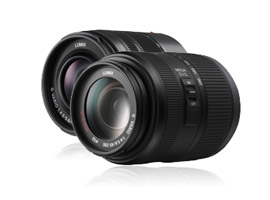


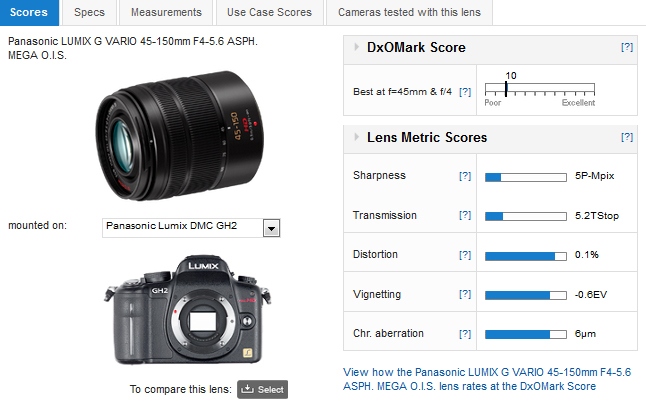
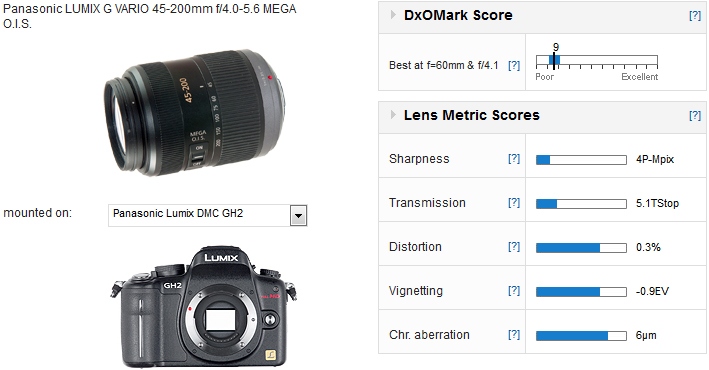
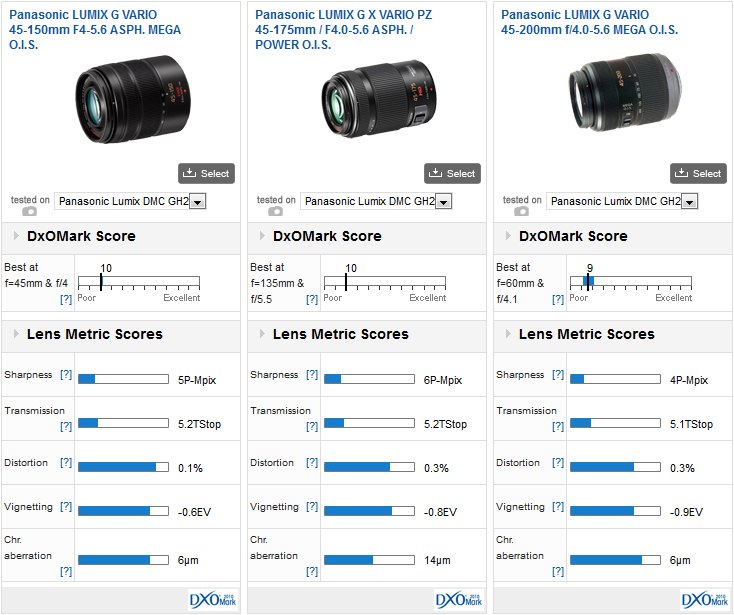
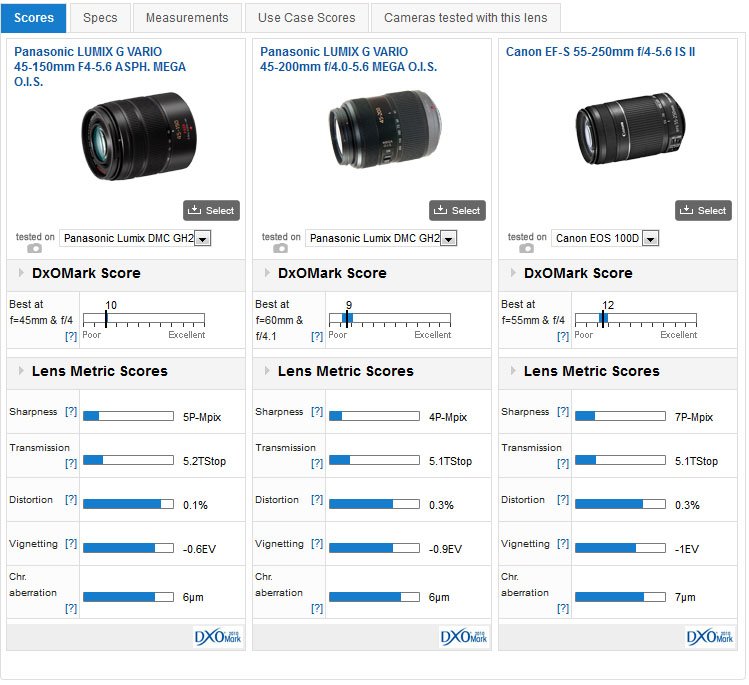
DXOMARK encourages its readers to share comments on the articles. To read or post comments, Disqus cookies are required. Change your Cookies Preferences and read more about our Comment Policy.